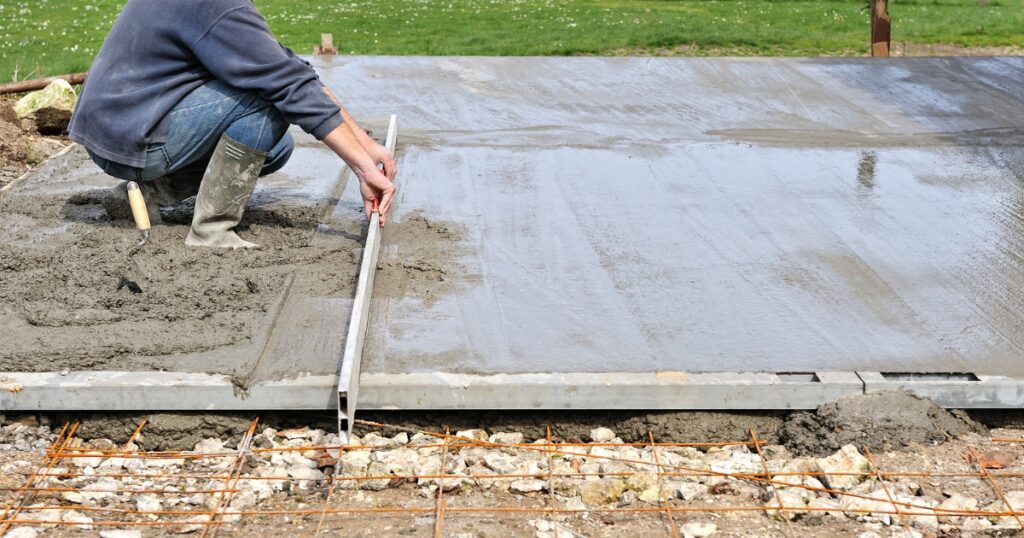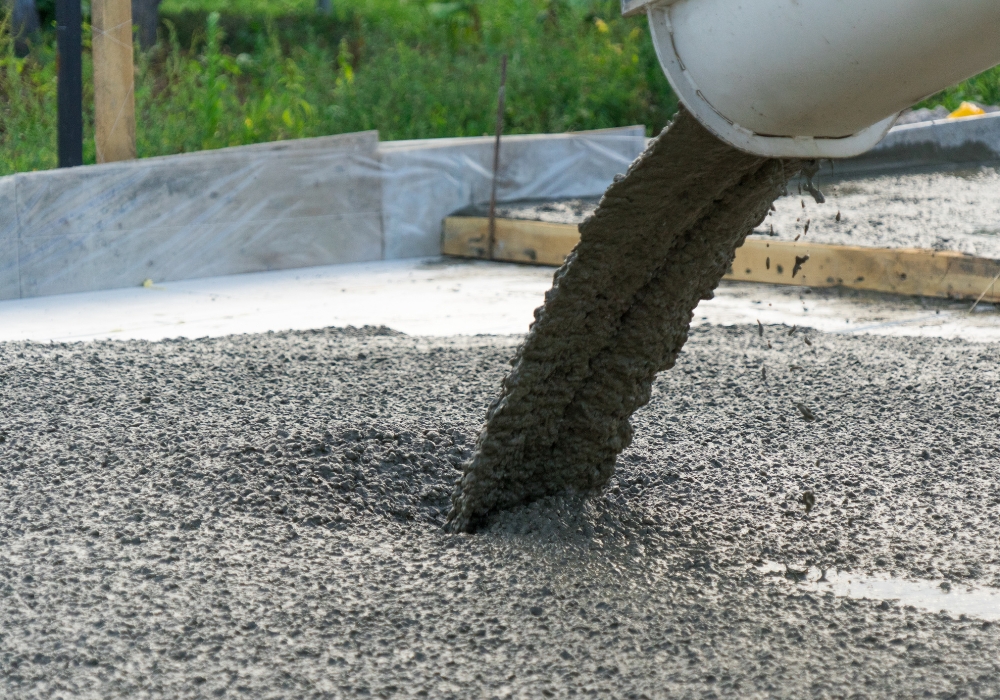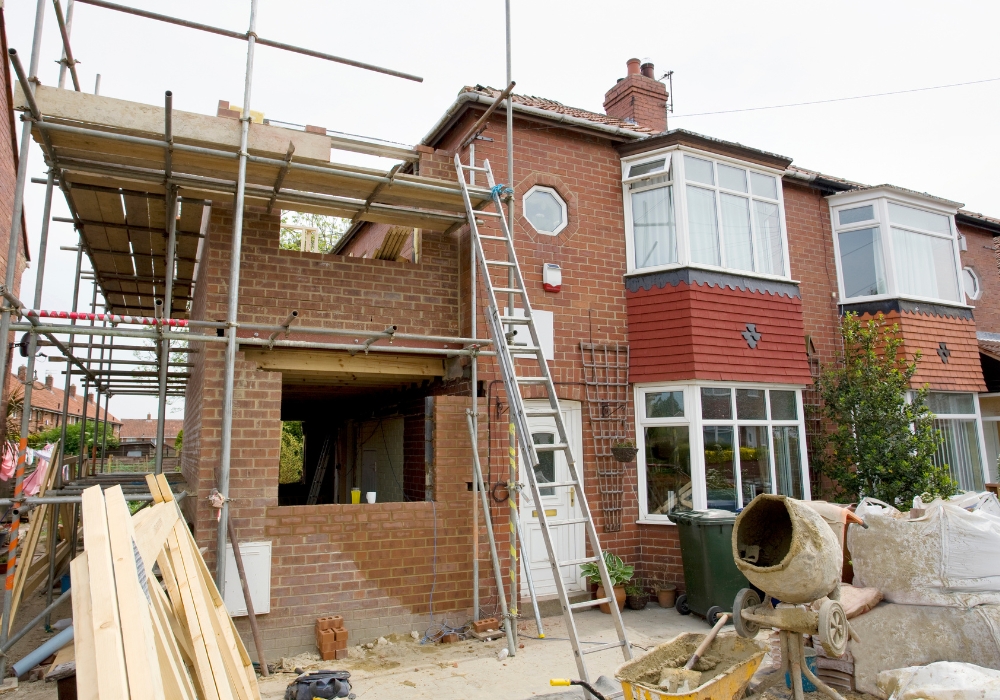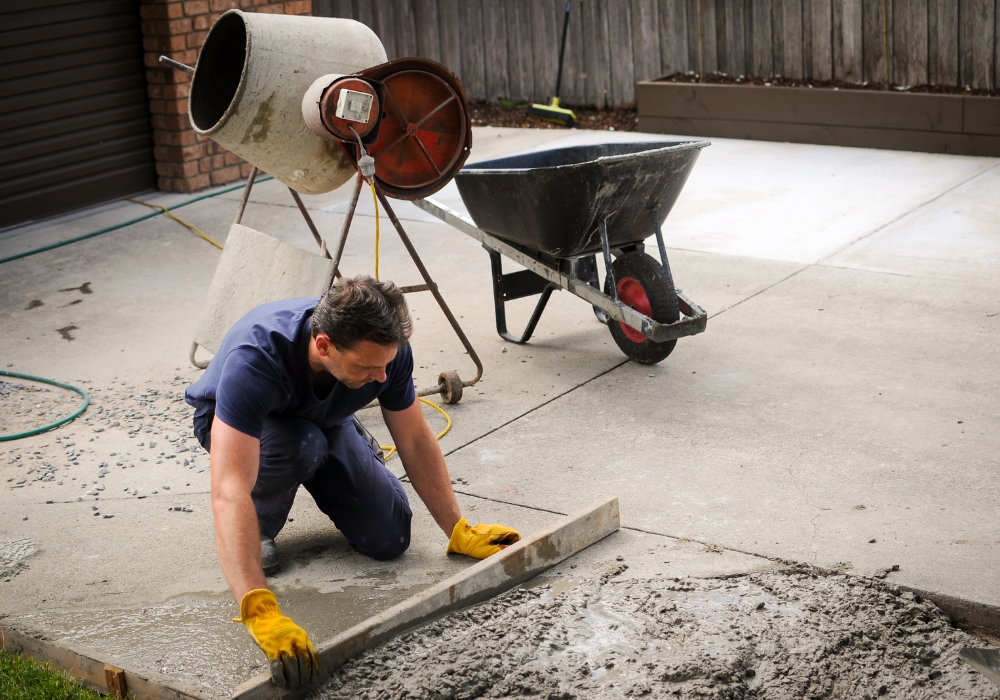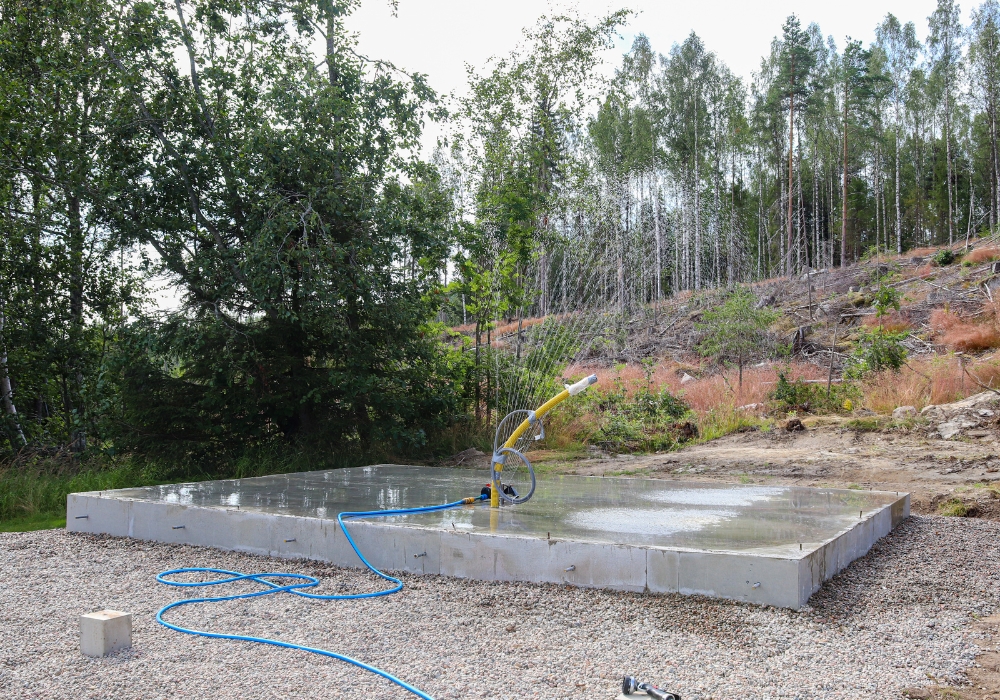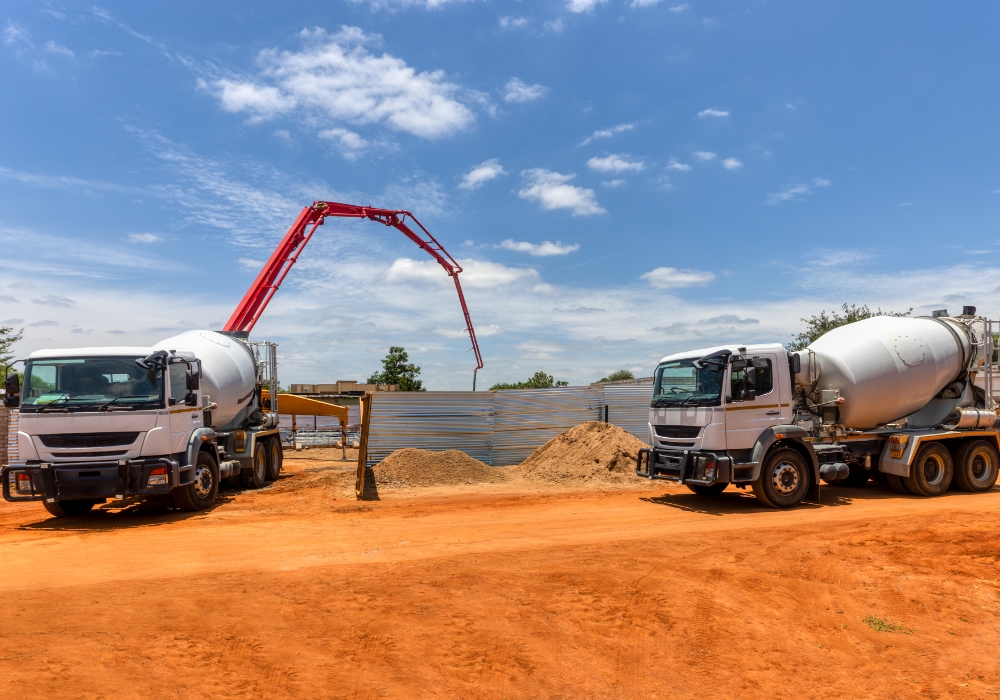Taking on a DIY concrete project can be rewarding, but it’s not without its challenges. While concrete work might seem straightforward, there are several common mistakes that can compromise the quality and longevity of your project. Let’s explore these pitfalls and how to avoid them, ensuring your concrete work stands the test of time.
Skipping the Design Phase
One of the biggest mistakes in DIY concrete projects is not having a well-thought-out design. Before starting, it’s essential to plan your project thoroughly. Consider the dimensions, shape, and location of the concrete structure. Failing to plan can lead to wasted materials and time, and potentially a project that doesn’t meet your needs.
Ignoring Site Preparation
Proper site preparation is crucial. This includes clearing the area of vegetation, debris, and any obstacles. Neglecting this step can result in an uneven base, which affects the stability and appearance of your concrete. Ensure the ground is level and compacted to provide a solid foundation.
Incorrect Mixing Ratios
Too Much Water
Adding too much water to your concrete mix is a common mistake. While it makes the mix easier to work with, it weakens the concrete, leading to cracking and reduced durability. Follow the recommended water-to-cement ratio to achieve the right consistency and strength.
Improper Measuring
Accurate measurement of ingredients is key to a successful mix. Using the wrong proportions of cement, sand, gravel, and water can compromise the quality of your concrete. Use a reliable method for measuring and mixing to ensure consistency throughout your project.
Inadequate Formwork
Formwork holds the concrete in place as it sets. Inadequate or poorly constructed formwork can lead to uneven edges, bulging, or even collapse. Use sturdy materials and ensure the formwork is well-secured and level before pouring the concrete.
Skipping Reinforcement
Reinforcement, such as rebar or wire mesh, adds strength to your concrete. Skipping this step can result in a weaker structure that’s prone to cracking under pressure. Even for smaller projects, incorporating reinforcement can significantly improve the durability of your concrete.
Rushing the Pour
Pouring concrete too quickly or without proper techniques can lead to air pockets and voids within the structure. These imperfections weaken the concrete and can cause it to fail over time. Pour the concrete slowly and use a tool, like a vibrator, to eliminate air bubbles.
Neglecting the Finishing Touches
Finishing the surface of your concrete is just as important as pouring it. Neglecting to smooth and level the surface can result in an uneven finish that’s not only unattractive but also less durable. Use appropriate tools, such as a trowel or float, to achieve a smooth, level finish.
Ignoring the Curing Process
Curing is a critical step that allows the concrete to reach its full strength. Many DIYers underestimate the importance of proper curing. Concrete needs to stay moist for several days to cure correctly. Covering the concrete with a plastic sheet or using a curing compound can help retain moisture.
Exposing to Elements Too Soon
Exposing freshly poured concrete to extreme weather conditions can adversely affect its curing process. Protect the concrete from rain, direct sunlight, and freezing temperatures during the initial curing period to prevent cracking and surface damage.
Avoiding Common Pitfalls for Concrete Success
DIY concrete projects can be fulfilling, but they require careful planning and execution to avoid common mistakes. By paying attention to proper planning, mixing, formwork, pouring, finishing, and curing, you can achieve professional-quality results. Remember, taking the time to do it right the first time saves you from future repairs and ensures a durable, long-lasting concrete structure.
